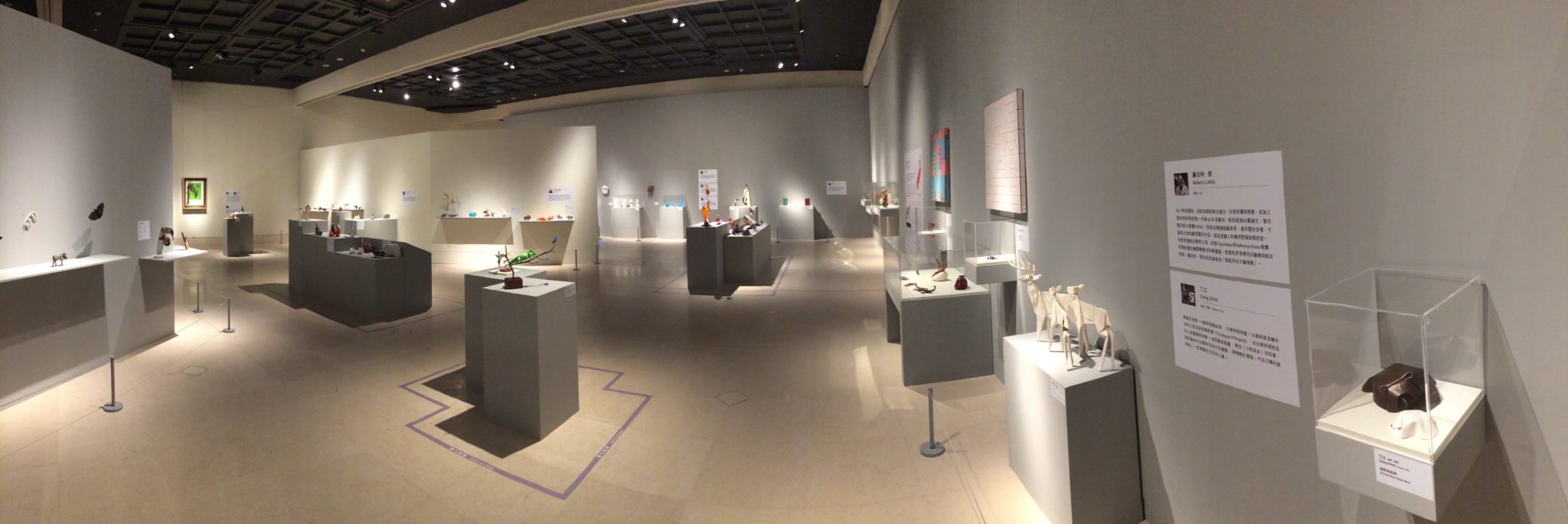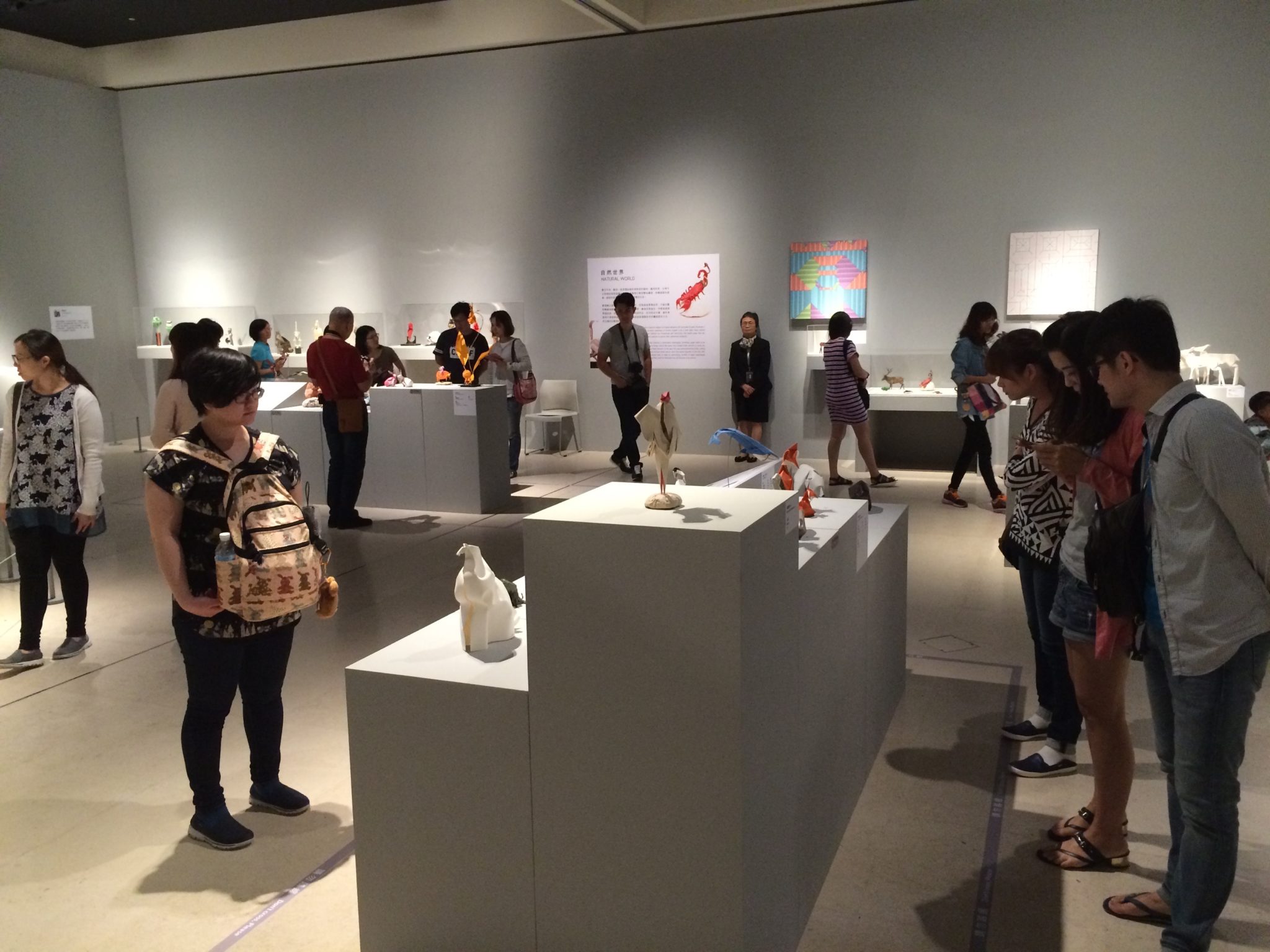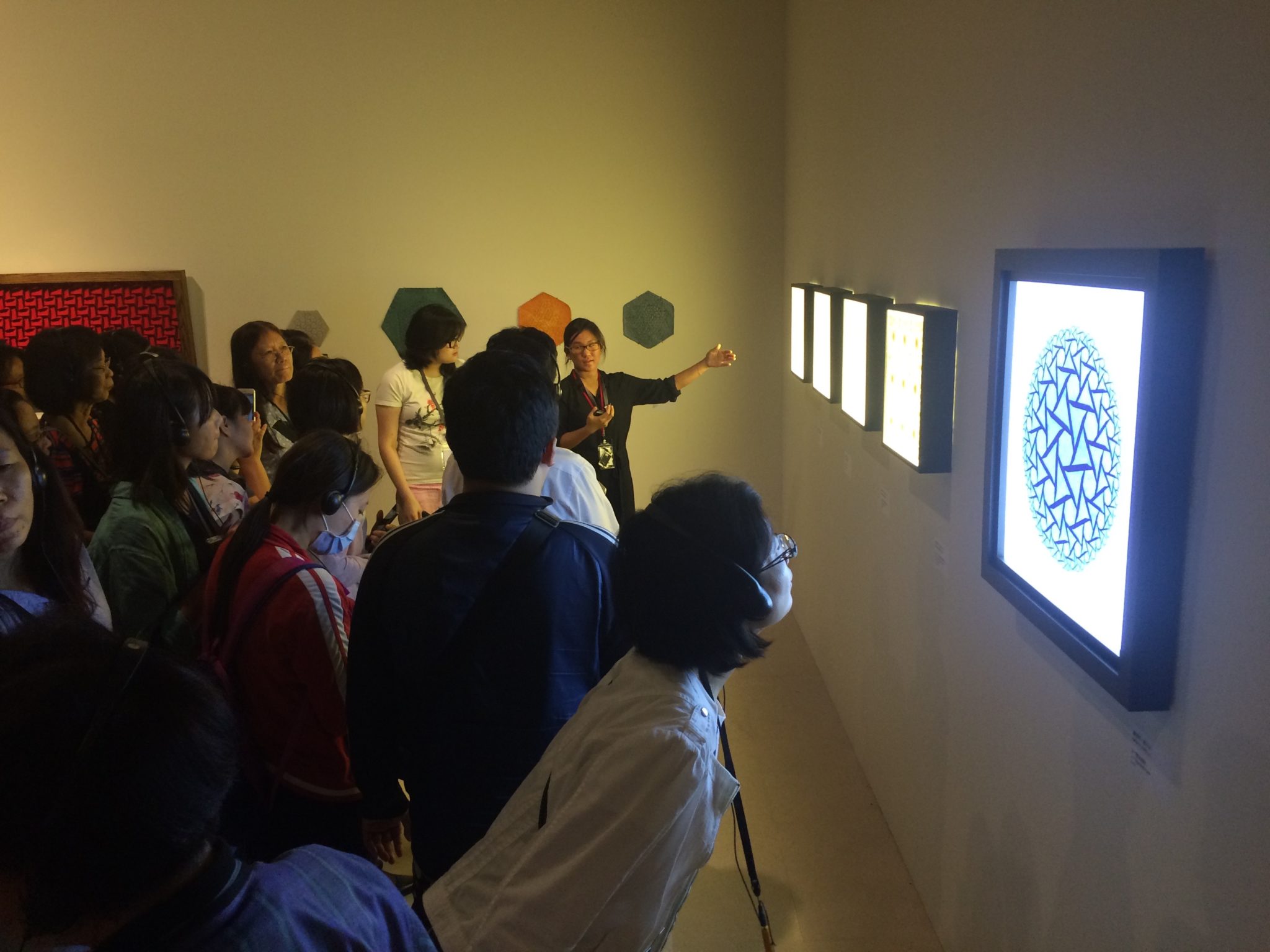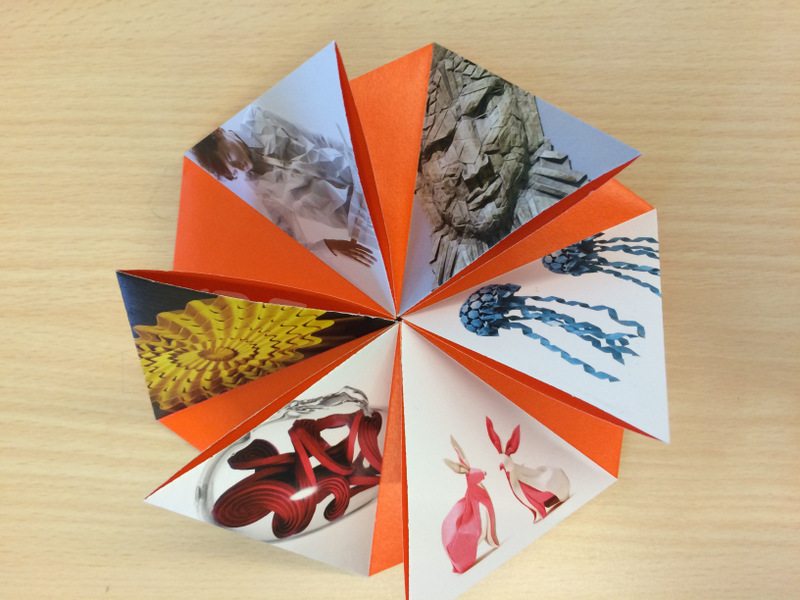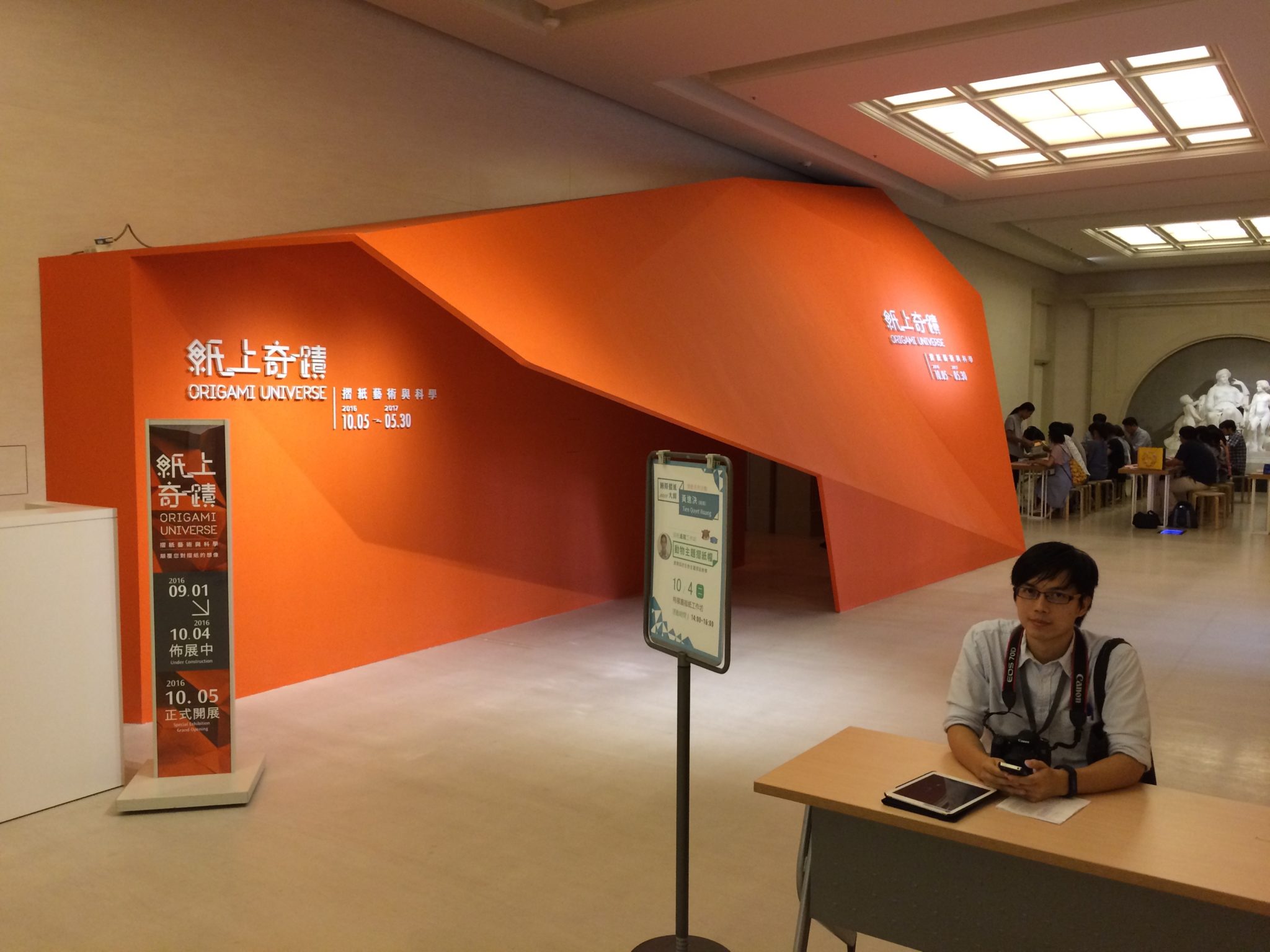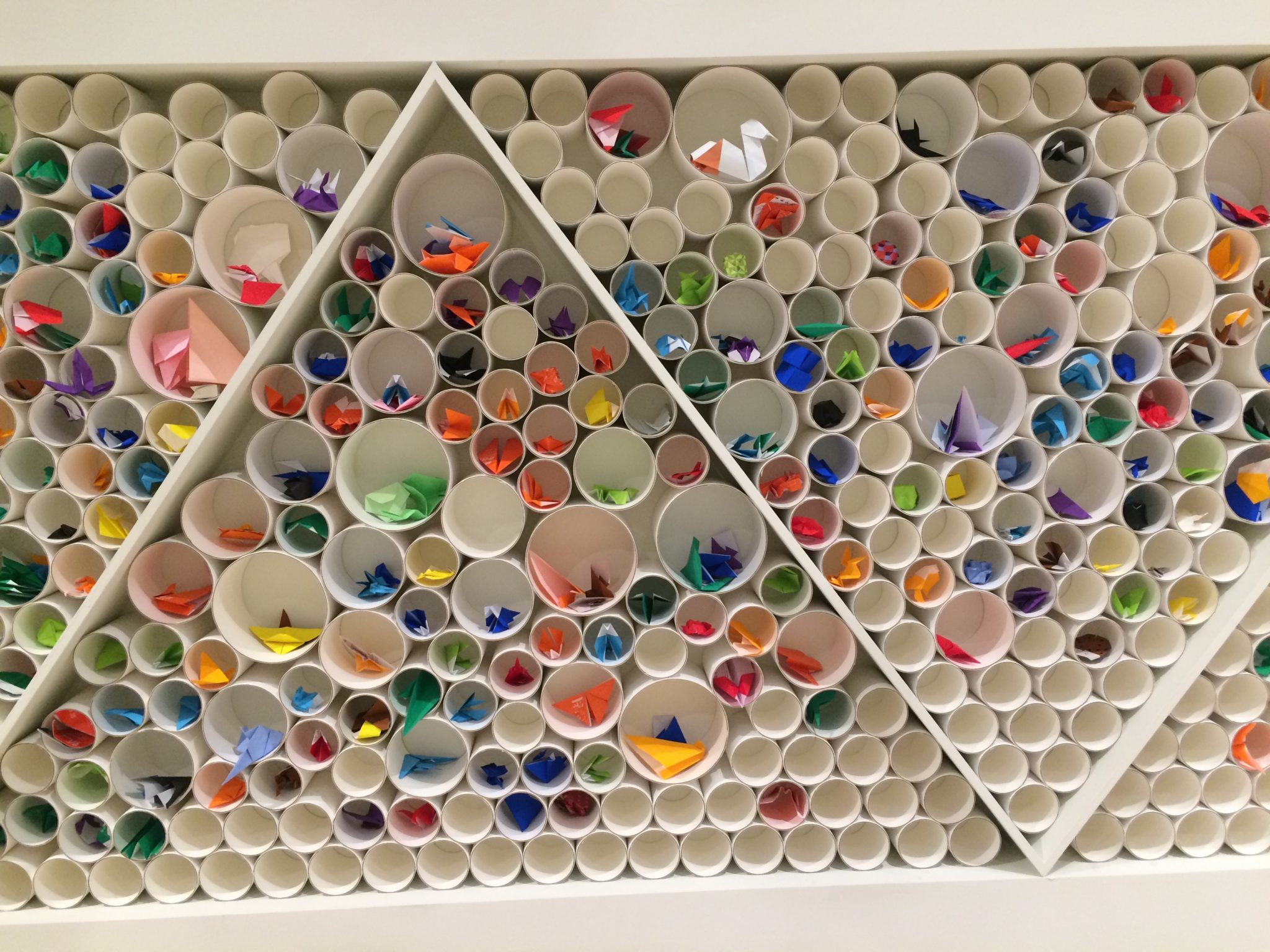Endorsement by Robert Lang: “The exhibit is FANTASTIC. It is a huge space; the work is beautifully presented, and flows nicely from room to room (it spans several rooms). And of course, the 400 works of origami are all top-notch. This is a new high point in the annals of origami exhibitions.”
On October 4th, 2016, “Origami Universe”, one of the largest exhibits of origami and its applications opened at the Chi Mei Museum in Tainan, Taiwan. The exhibit featured 400+ works from 63 Artists, scientists, engineers, and designers from 21 countries. It occupied over 1400 square meters of space (14000 square feet) in the special exhibit galleries at the front entrance of the Chi Mei.
More than 1900 people saw “Origami Universe” on Saturday October 8th, a record attendance for a special exhibit at the Chi Mei. The record was shattered the following day when more than 2600 people showed up. It is too early to tell if the popularity of the exhibit will continue until it closes on May 30, 2017. However, I am confident it will change the public’s perception of origami, and encourage many of them to fold for fun and for developing useful products.

The exhibit was assembled in just three months. Credit for that was largely due to JoJo Wang, the head of the ChiMei’s exhibition department and her exhibition team. She had the full support of the ChiMei Foundation and its Board of Directors, some of whom I had met during trips made to pitch the exhibit in the previous two years.

I was blessed to share the curatorship of “Origami Universe” with Uyen Nguyen, the very capable curator of “Surface to Structure”, the second major show of origami in New York since 1955. I had received help from Saadya Sternberg who co-curatedvartists with me for a previous exhibit of mostly nature-themed origami at the National Museum of History. The more comprehensive exhibit at the Chi Mei included geometric origami as well as applications of folding in fashion and design. This was Uyen’s expertise. She also greatly improved my section of the exhibit with artists whose works were inspired by humor and fantasy. Here in pictures is the story of how this exhibit evolved.

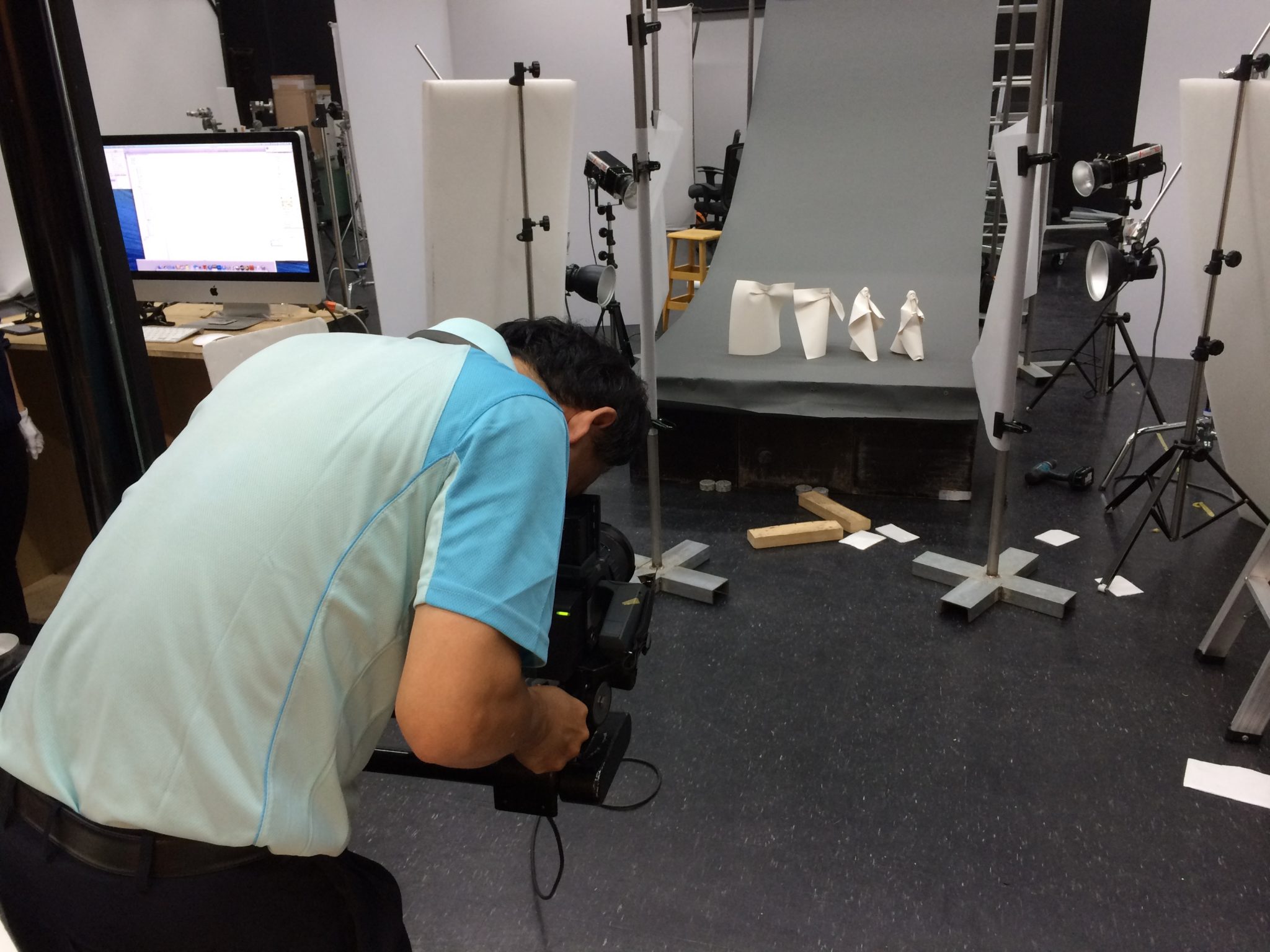


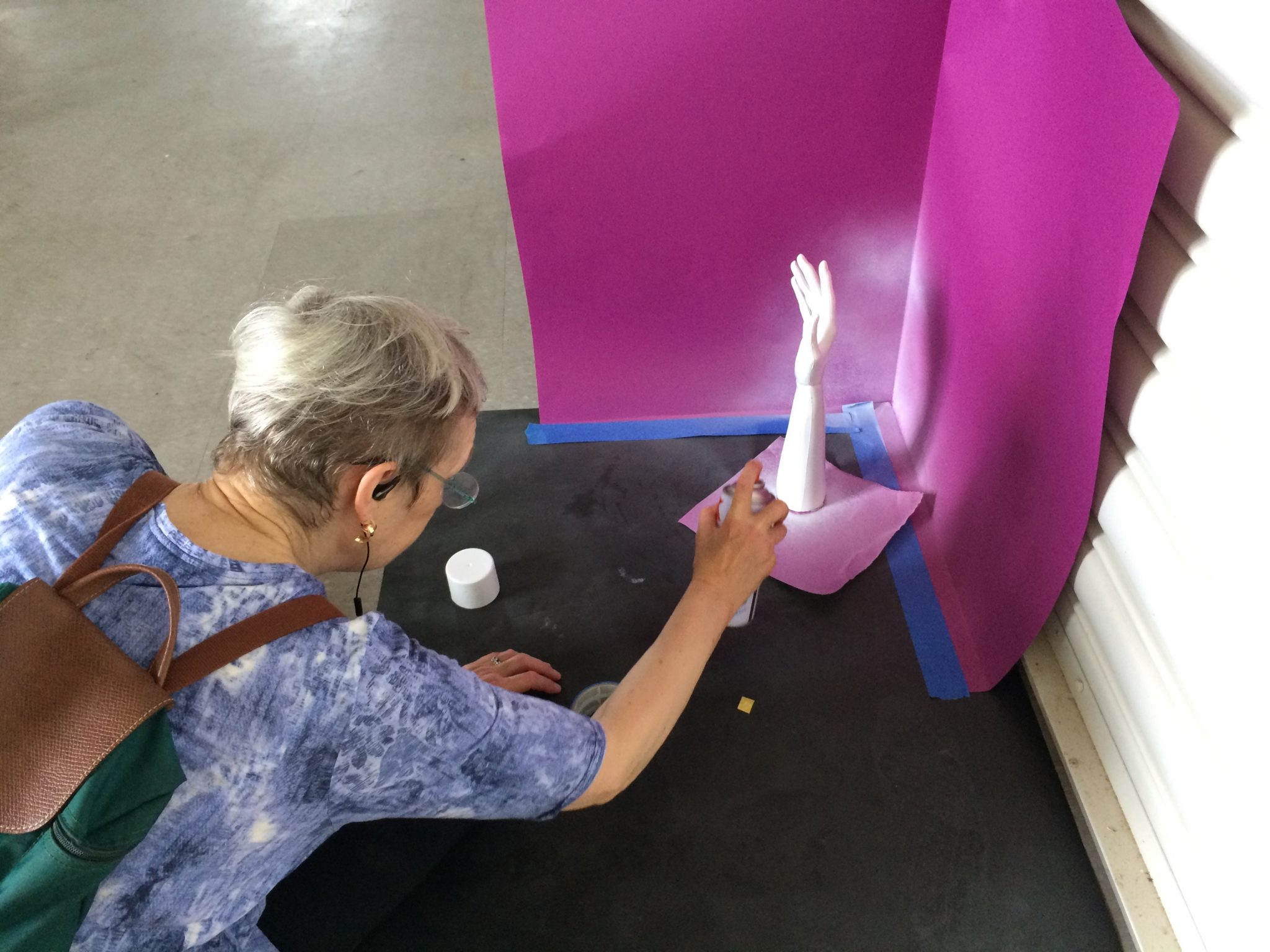

Sunway Express employees install a solar panel model for satellites while volunteers of the museum admire the decorations hung in the Resource Room.

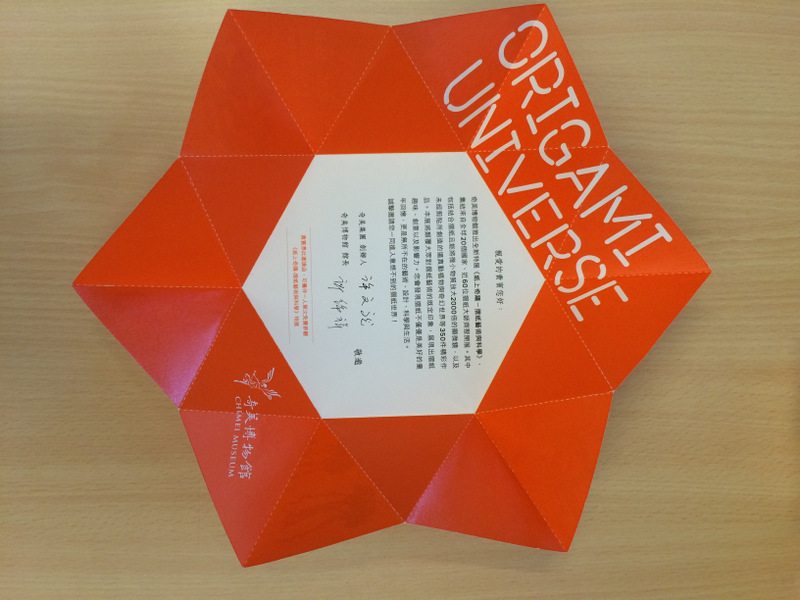
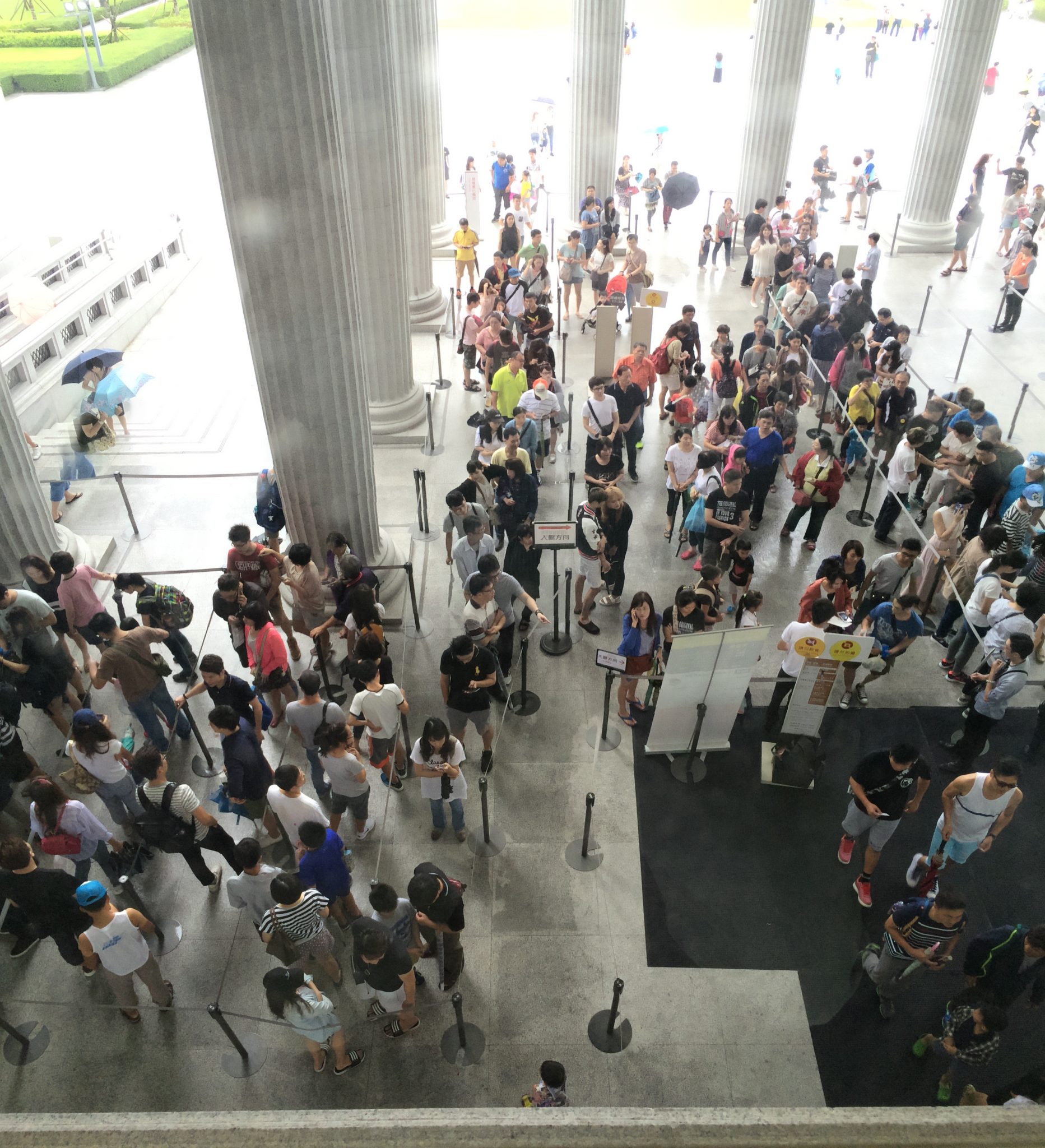
Charles Tsai waits for the exhibit to open by the official entrance under a folded tunnel while Hoang Tien Quyet teaches participants how to fold his cat hat behind Charles.


Some views of “Natural World”, the second part of representational origami.
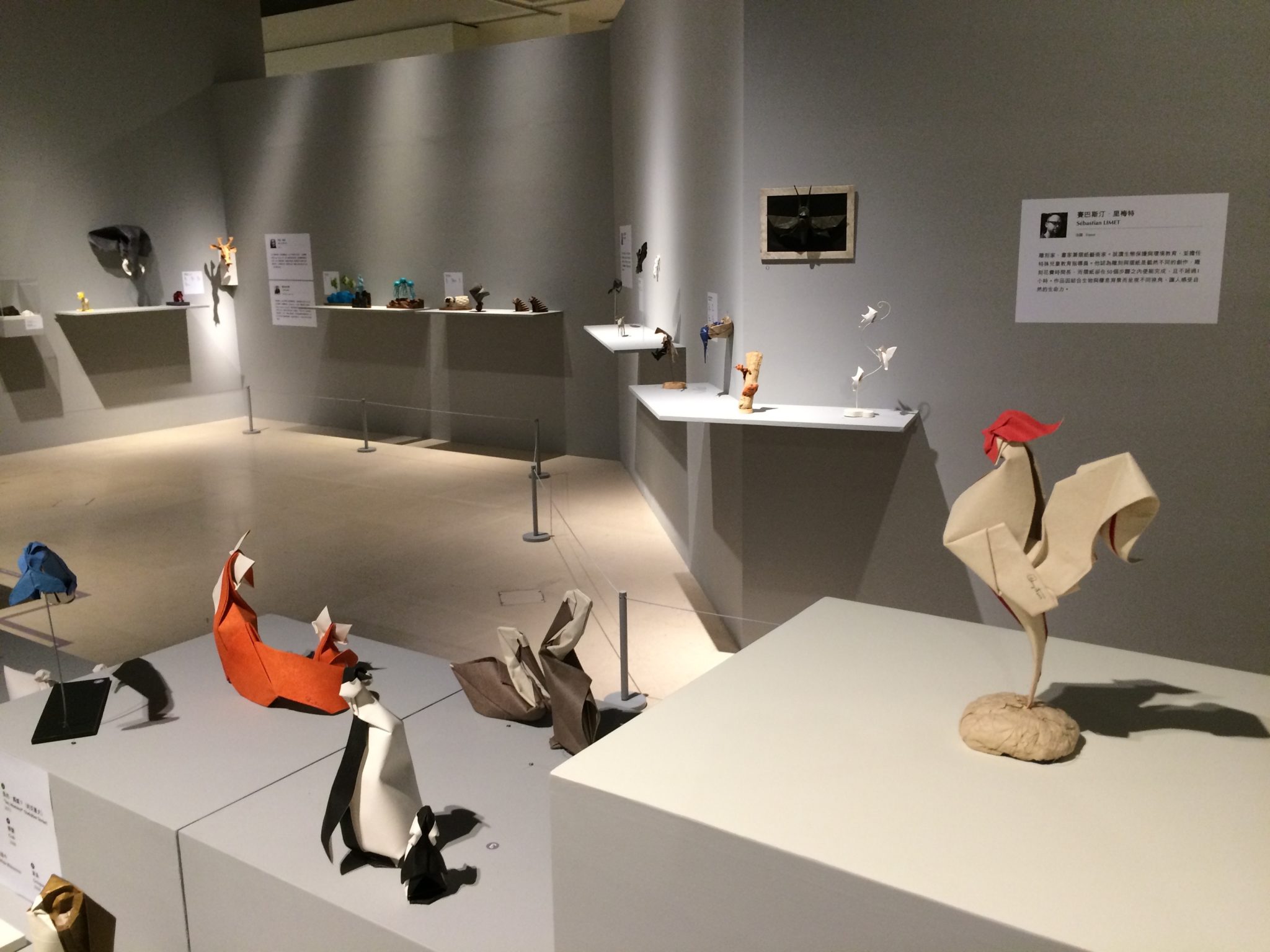

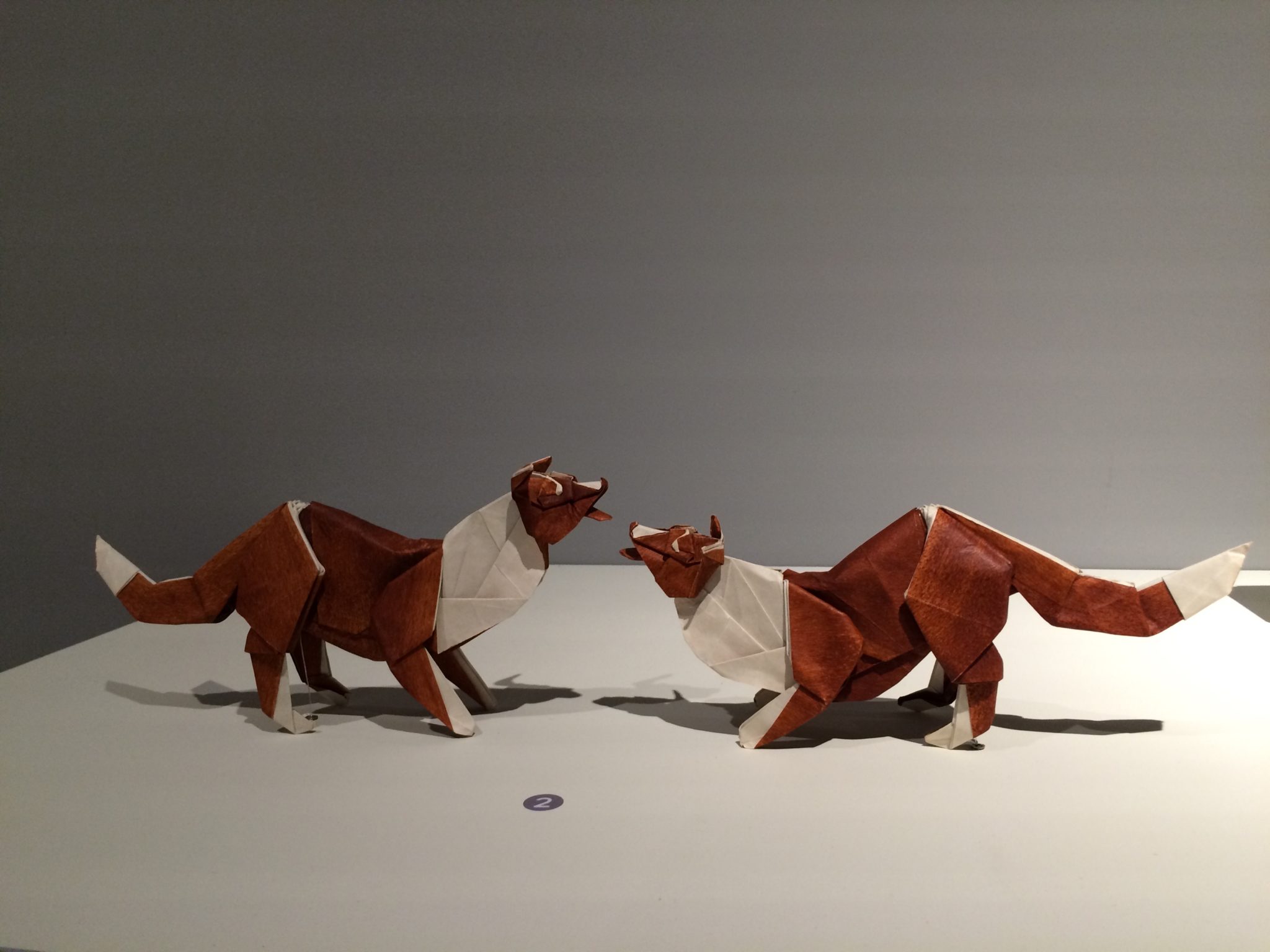
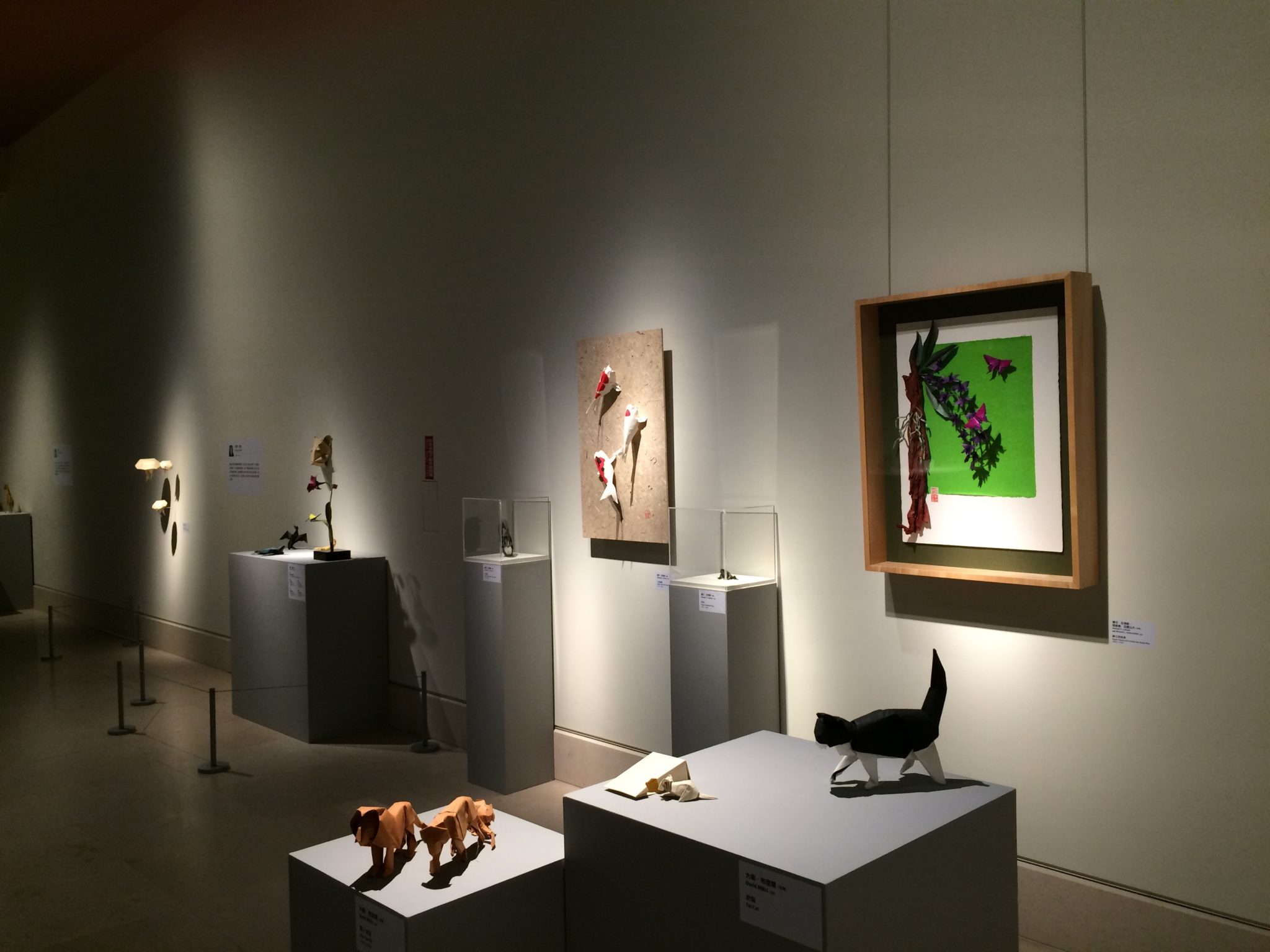

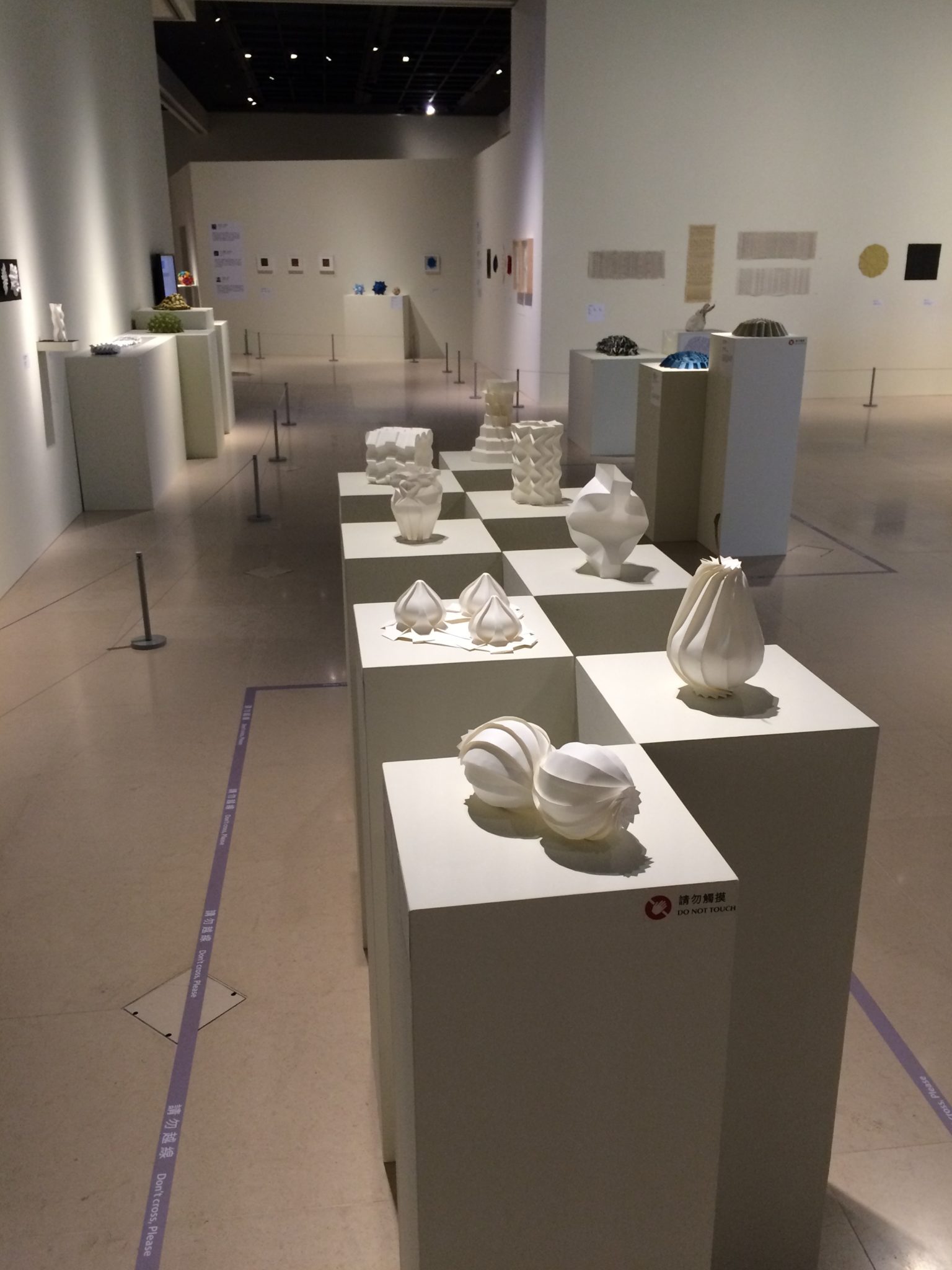
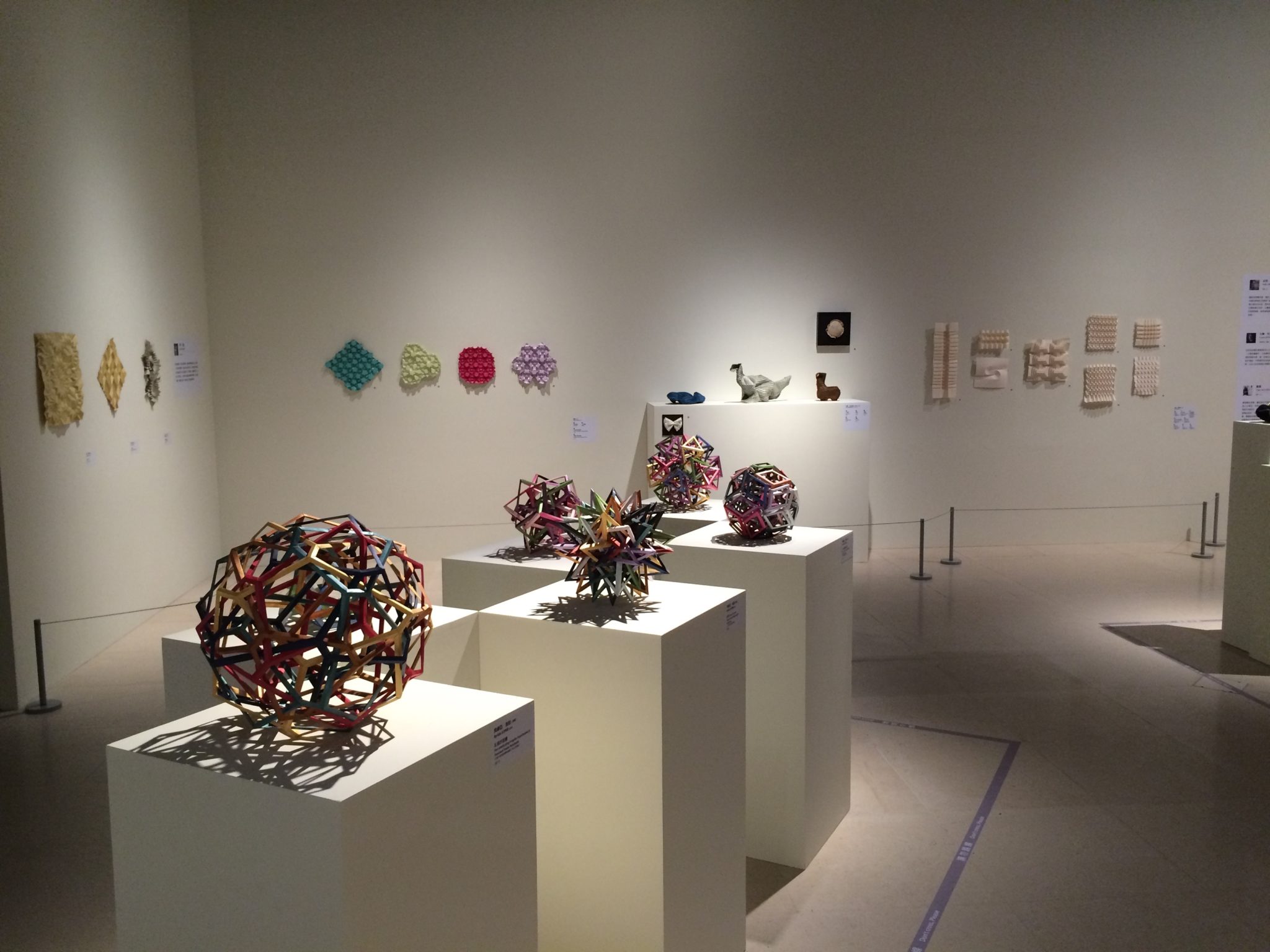
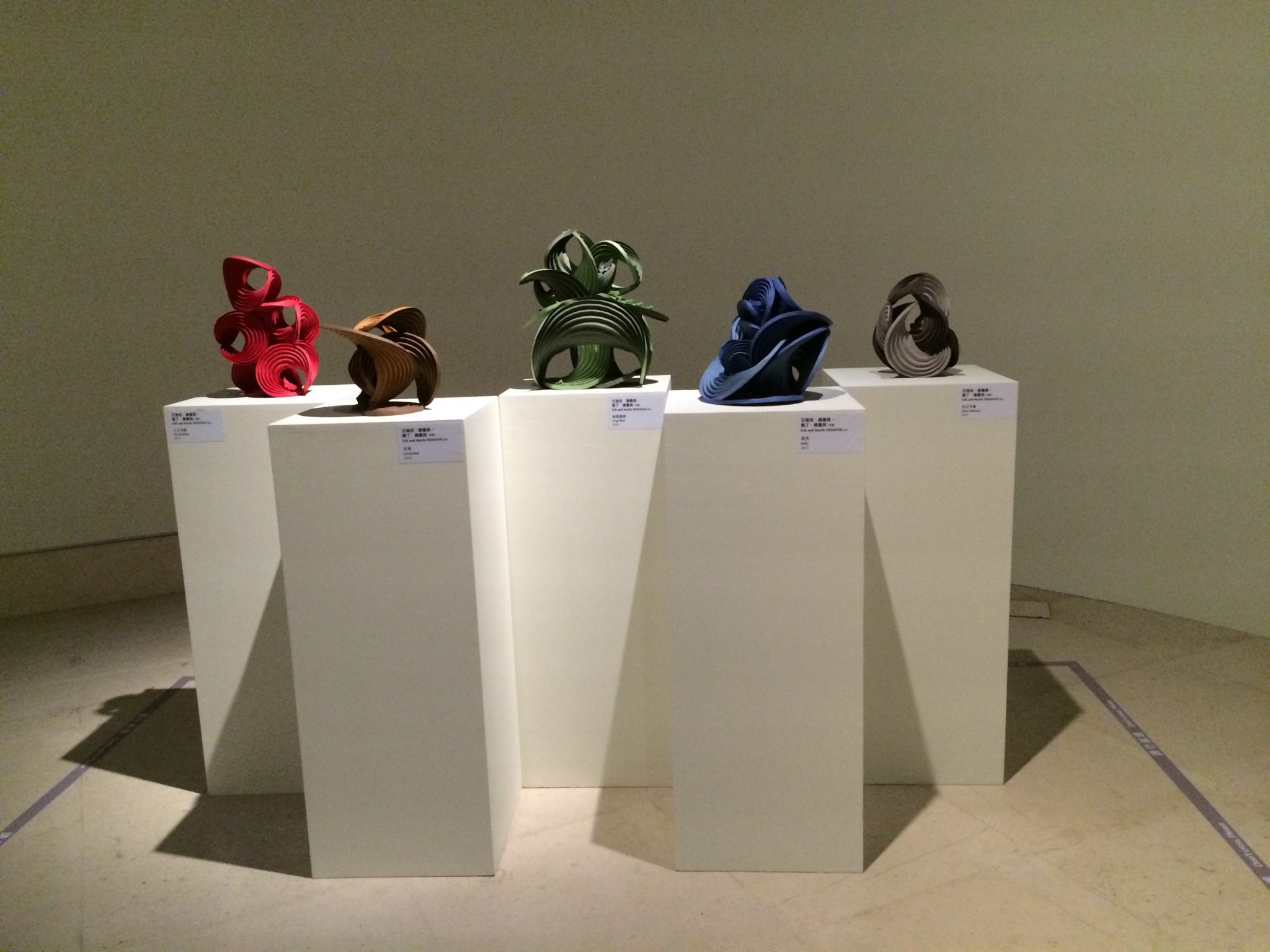
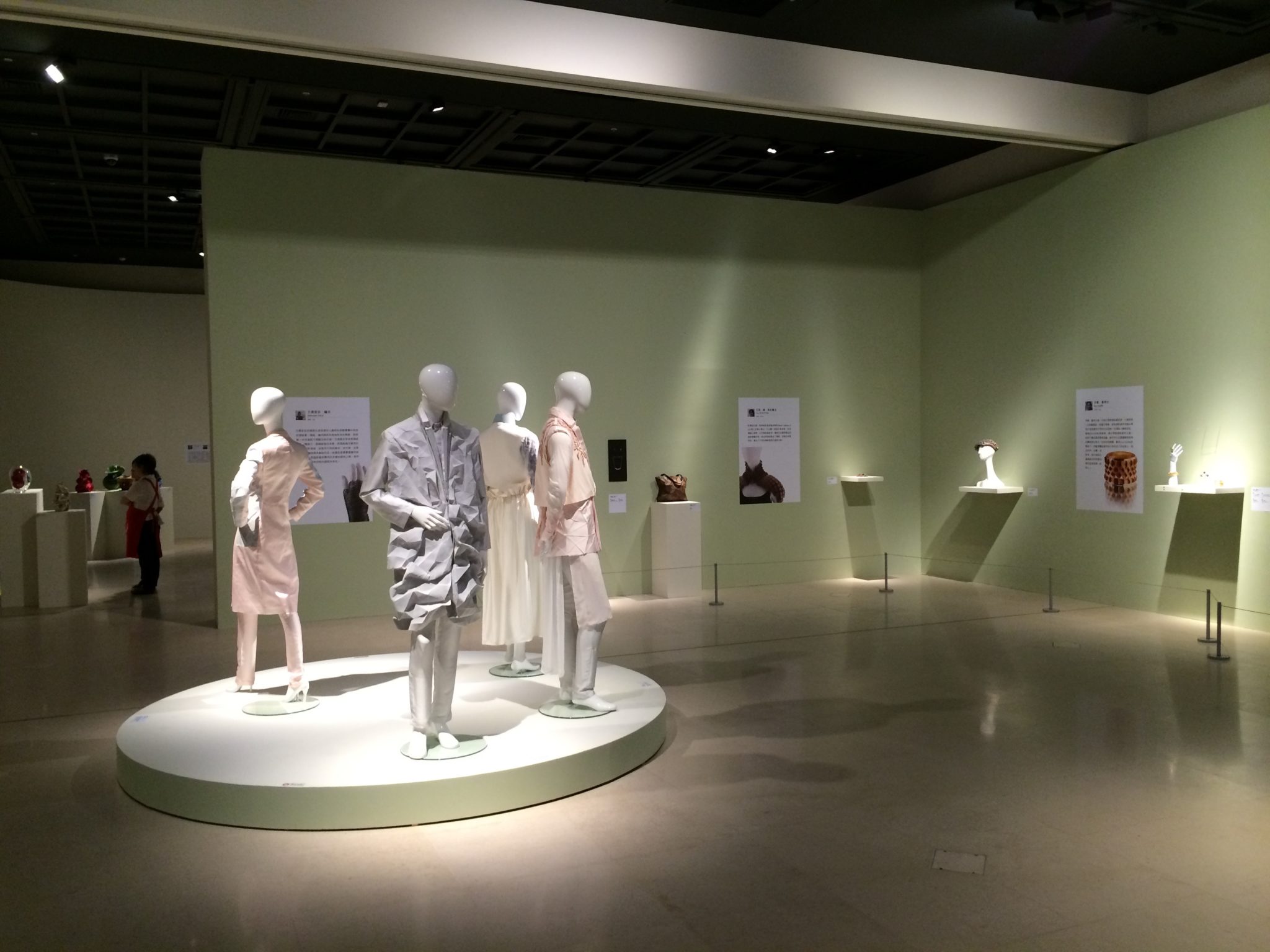
Vogel fashion with origami models for the skirts behind on the wall, and Tom Crain’s boxes.
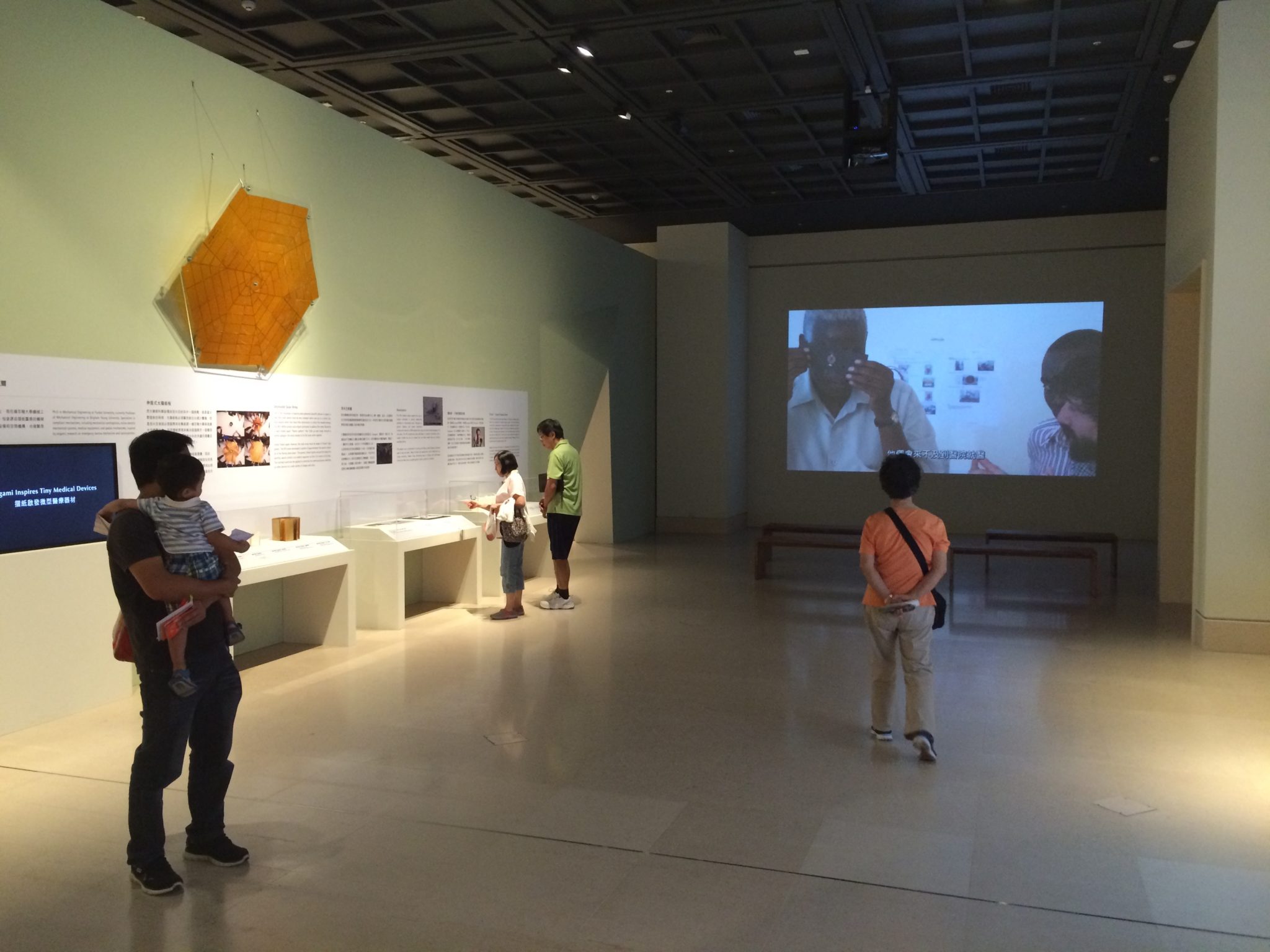
A video of the foldscope from the Manu Prakash lab at Stanford University plays on the back wall.
The most packed space with people was the resource room. Given the permission to have fun, scores of people of all ages were trying their hand at folding and browsing books, assisted by a dozen volunteers in red aprons. Wives were overheard admonishing their husbands to fold with their children. Of all the areas JoJo and her team put together, this was the most brilliant. Fifteen minutes in this one room was enough thanks to me for being part of this team. I hated to leave it.
